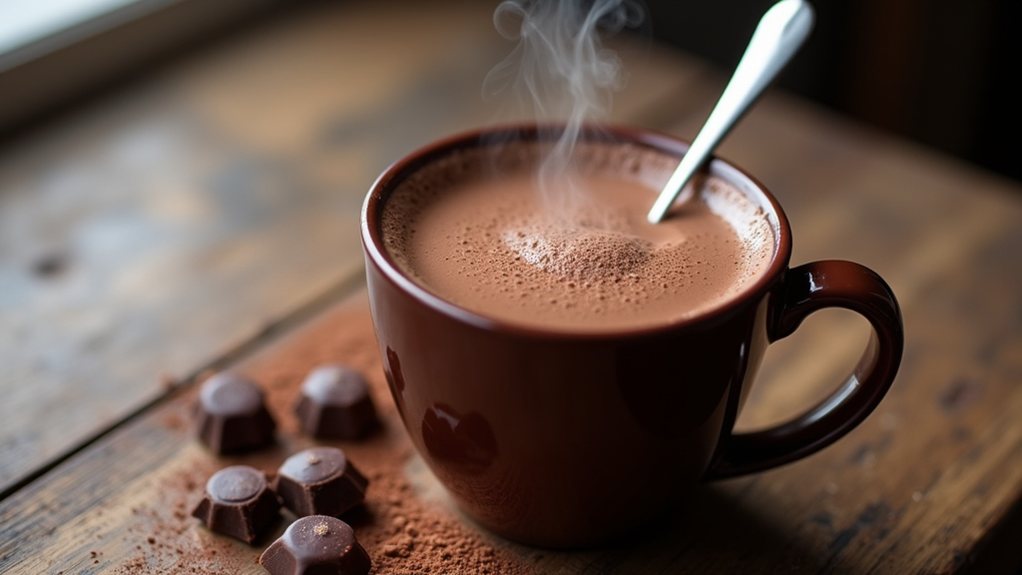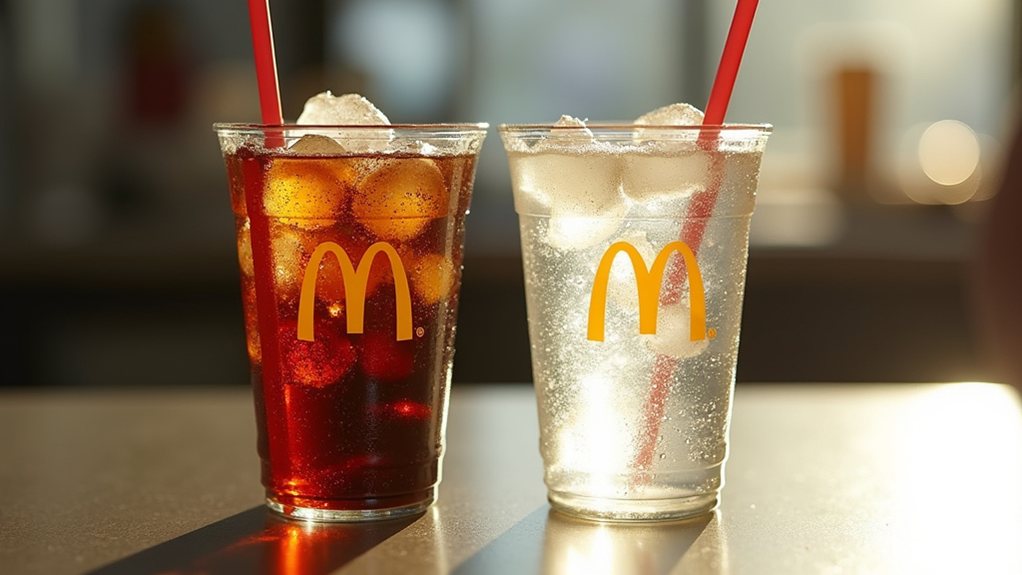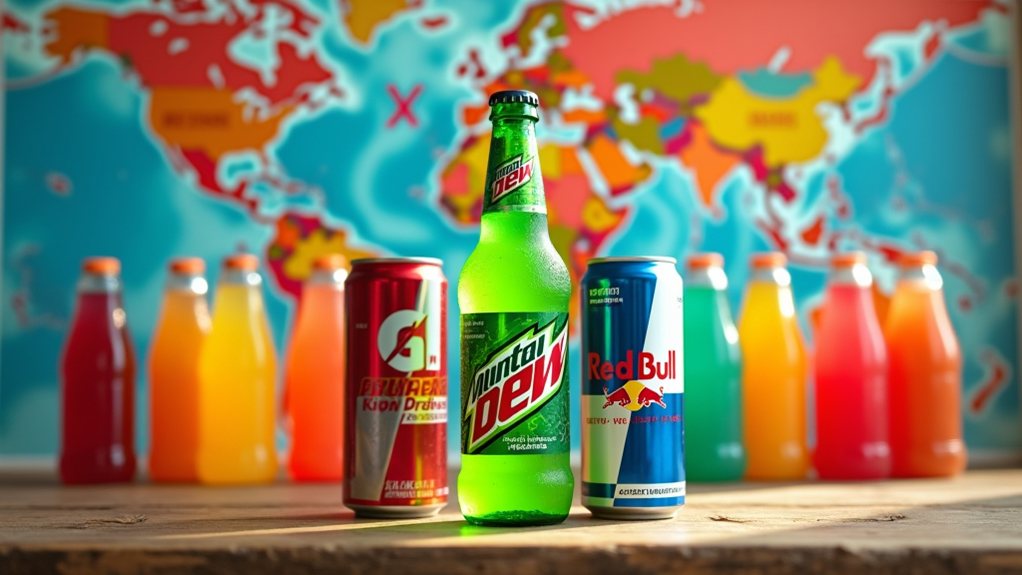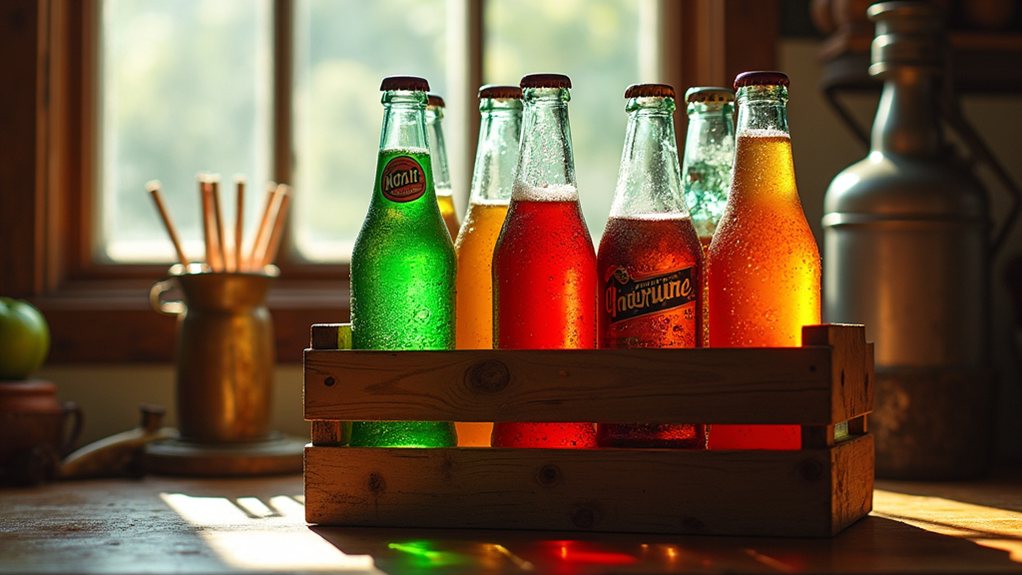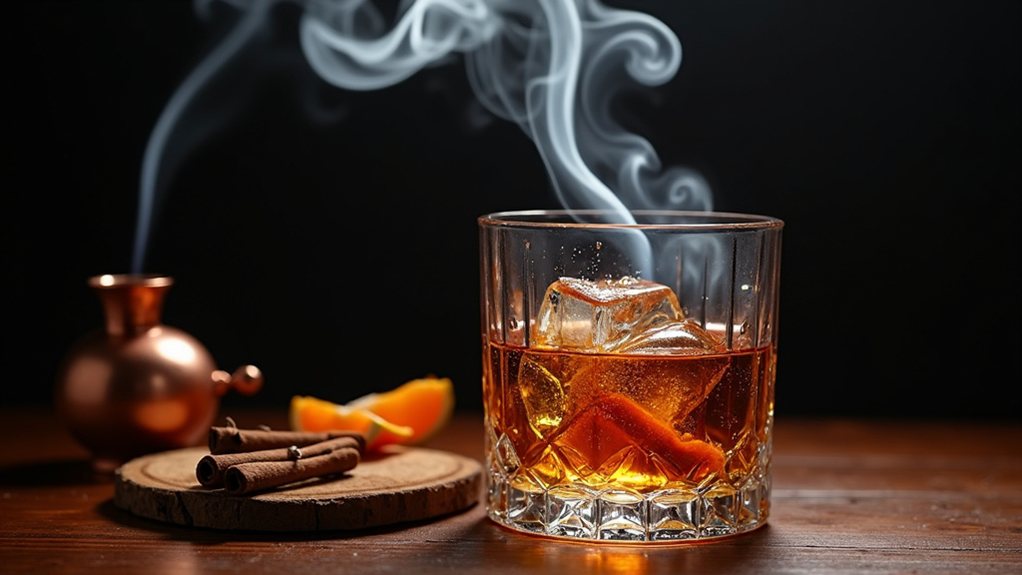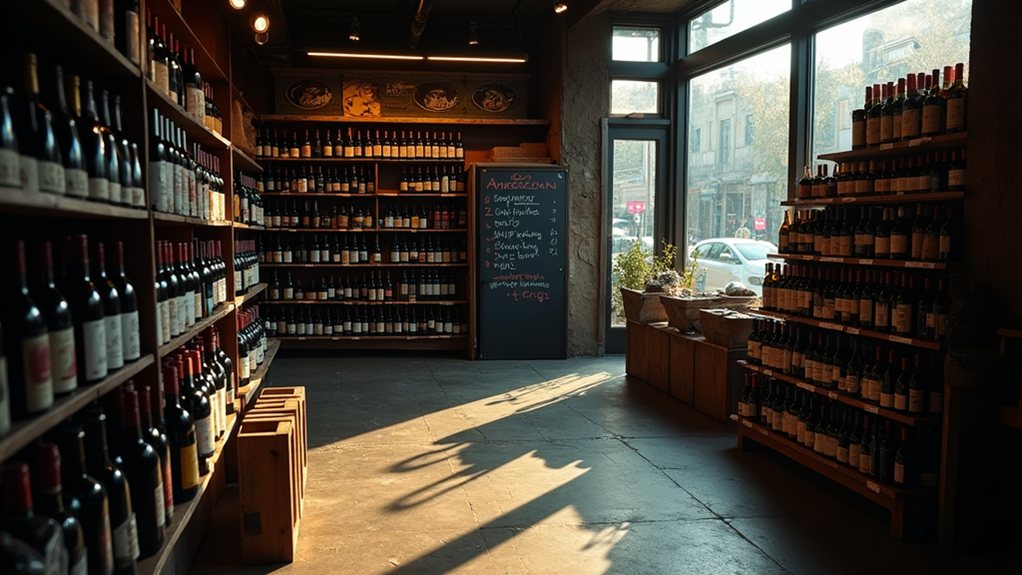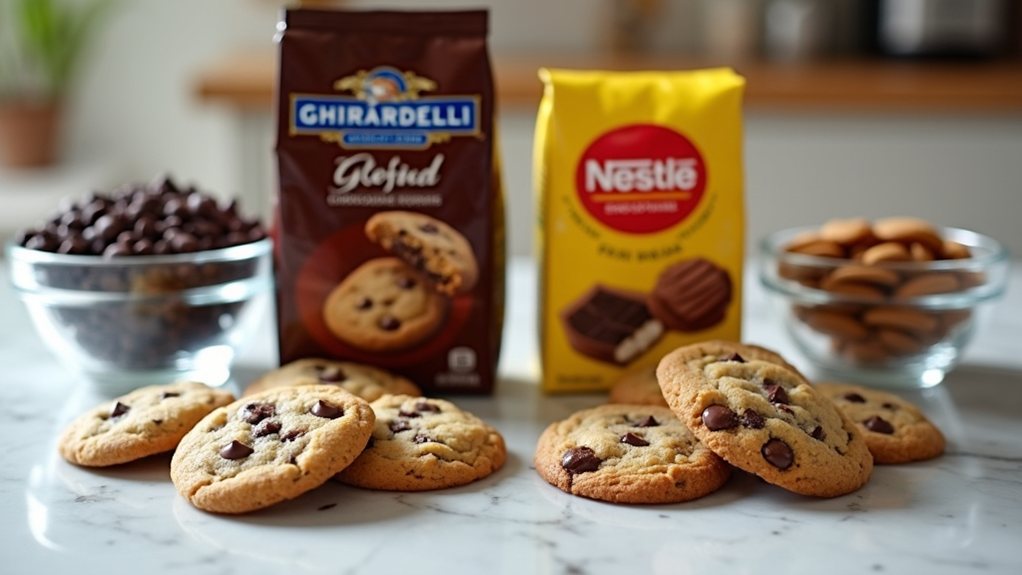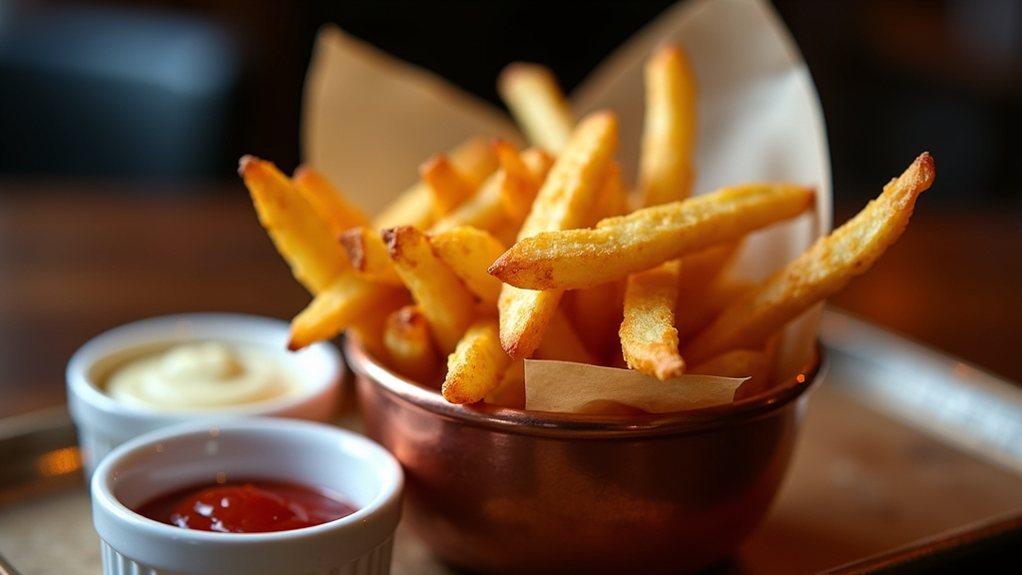Many Westerners approach soju like any other spirit, missing the rich cultural traditions that accompany this Korean staple. Proper soju etiquette involves communal rituals, respectful pouring techniques, and age-based hierarchies that strengthen social bonds. The clear, mild liquor isn’t meant for solitary sipping or casual shots, but rather for building connections through shared customs. Understanding these practices doesn’t just improve the flavor experience; it opens a window into Korean values that transforms a simple drink into something far more meaningful.
Soju: Korea’s Cultural Spirit and Drinking Etiquette
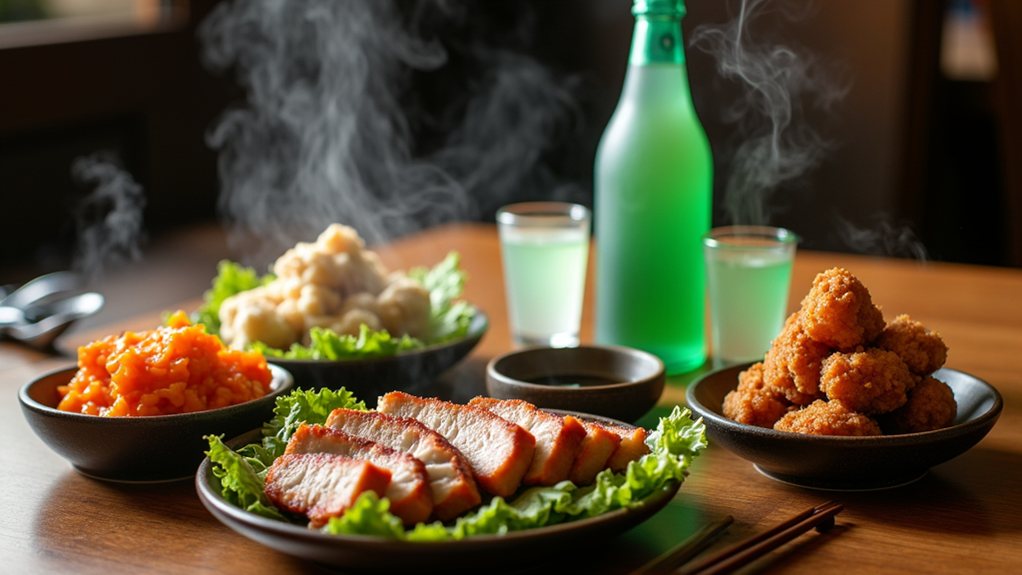
While soju may appear to be just another clear alcoholic beverage, in Korea, it represents much more than a simple drink—it’s a cultural cornerstone that binds social interactions. This popular spirit, ranging from 12% to 20% ABV, has earned the title of world’s best-selling liquor, with brands like Jinro dominating the global market. Traditionally crafted from rice, modern variations now incorporate ingredients such as barley and sweet potatoes, offering a crisp, mild flavor profile that appeals to many palates.
The proper consumption of soju follows specific etiquette rules that Koreans have observed for centuries. One fundamental principle is never pouring your own drink, as this practice contradicts the communal spirit of Korean drinking culture. Instead, individuals pour for others as a sign of respect, always using both hands when serving or receiving a glass. The social hierarchy also plays a significant role, with the eldest or most senior person typically drinking initially and others following suit—a custom that reinforces traditional Korean values. When drinking with elders, it’s customary to turn away and cover your mouth while consuming the beverage. This emphasis on respect shares similarities with the food safety protocols followed during social gatherings like beach cookouts.
Before serving, soju should be properly chilled or even frozen to minimize the alcohol burn, making it more enjoyable to consume. The traditional small shot glasses, specifically designed for soju, improve the drinking experience. These special vessels, known as soju cups, are an integral part of the ritual that enhances the authentic Korean drinking experience.
Regarding consumption methods, Koreans often sip their soju slowly to savor the flavor, though many also enjoy it mixed with beer to create “somaek,” a popular combination. Similar to In-N-Out’s secret menu items, experienced soju drinkers know various unofficial ways to enhance their drinking experience.
Food pairings amplify the soju experience considerably, with Koreans typically enjoying their drinks alongside “anju,” an assortment of salty snacks or dishes. Samgyupsal (grilled pork belly) stands as perhaps the most iconic pairing, though fried chicken also complements the spirit beautifully.
These drinking sessions often evolve into deeply meaningful social experiences, strengthening bonds between friends, family, and colleagues. In Korea, the act of sharing soju represents far more than casual drinking—it’s an expression of friendship, respect, and cultural heritage that has endured for generations.

